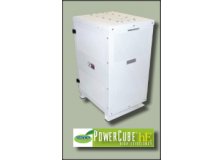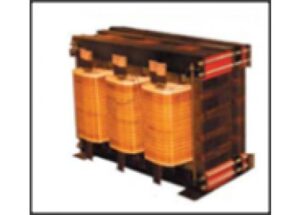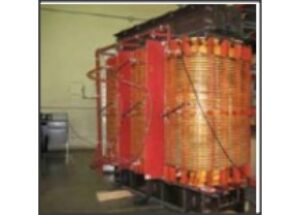


Harmonic currents generated by nonlinear loads can cause problems in the power system. Transformers are particularly vulnerable to overheating and premature failure. To protect against transformer overheating caused by harmonics, designers can specify derated equipment, i.e., oversized transformers that will run at a fracton of their rated capacity, or K-factor transformers spedfically designed to accommodate harmonic currents. K-factor transformers are preferred because they have additional thermal capacity of known limits, design features that minimize harmonic current losses, and neutral and terminal connections sized at 200% of normal. K-factor transformers allow operation up to nameplate capacity without derating
We offer over 800 different configurations: 30-1000kVA

Consultancy, deployment and on-site assistance. Maintenance services. Remote monitoring with 24×7 NOC